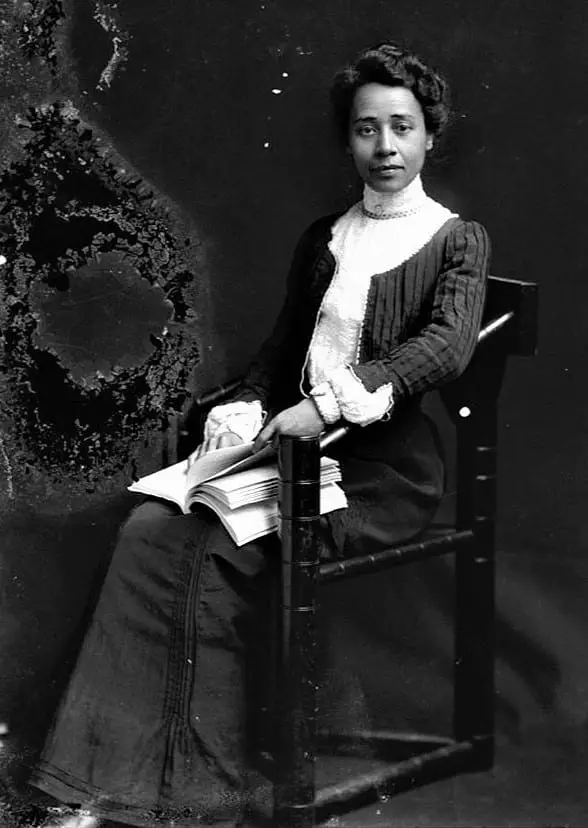Loch Treig is a deep freshwater loch, fourteen kilometres from Ben Nevis, in a steep-sided glen east of Fort William. In Gaelic, the name apparently derives from a word meaning ‘abandon’, appropriately enough for a place also known as ‘the lonely loch’. Submerged under its waters are two hamlets, sacrificed when the loch was made into a reservoir. A 19th century travel guide describes it as “a most striking sheet of water”, bordered by “precipitous hills.” It is also home to a hermit, whose story is told in the recent book, The Way of the Hermit (Amazon UK, Amazon US, Publisher).
Ken Smith, The Way of the Hermit: My Incredible 40 Years Living in the Wilderness. With Will Millard (London & Macmillan, 2023). ISBN: 9781035009824, 256 pages.
Ken Smith, the ‘Hermit of Treig’, was born in Derbyshire, in 1947, one of four children. His youth was one of extreme poverty, but, like many of the post-war generation, marked by an appreciation of ‘graft’ and camaraderie. It also instilled in Smith a “lifelong sense of duty to record all my comings and goings”, a habit he continues as a prolific diarist and photographer. Quiet and introverted, he was possessed of a love of nature — a presentiment of his later life. Aged twenty-six, he was violently assaulted by a gang, suffering severe injuries and memory loss. After weeks recovering in hospital, his psychological recovery took the form of committing to travelling — his “wilderness days” — to never again put himself into a position where others could cause him such suffering. Initially with a friend, later alone, Smith travelled through the west of Canada — British Columbia and the Yukon Territory in the sub-arctic regions. Dodging cougars and escaped convicts, such travels taught important lessons of self-reliance, as well as furnishing him with the skills needed to survive.

On one of his occasional returns home, however, Smith discovered his father had died. He fell into a depressed grief, having missed the death and the funeral. When not travelling, he worked in the UK in construction, until an accident put paid to that, and, later, as a ghillie, “a real steward and scholar of the land”, guiding and assisting those on fishing and hunting expeditions. Eventually, however, he had enough of even these arms-length connections to mainstream social life. Cities, he found, were “suffocating places”, full of “busy, mistrustful people.”
Unable to live at ease in such places, Smith went to seek out something that afforded what he found in Canada — “a rarefied sense of belonging”, eventually finding it in the Scottish Highlands. This choice of …
Read the full article which is published on Daily Philosophy (external link)





